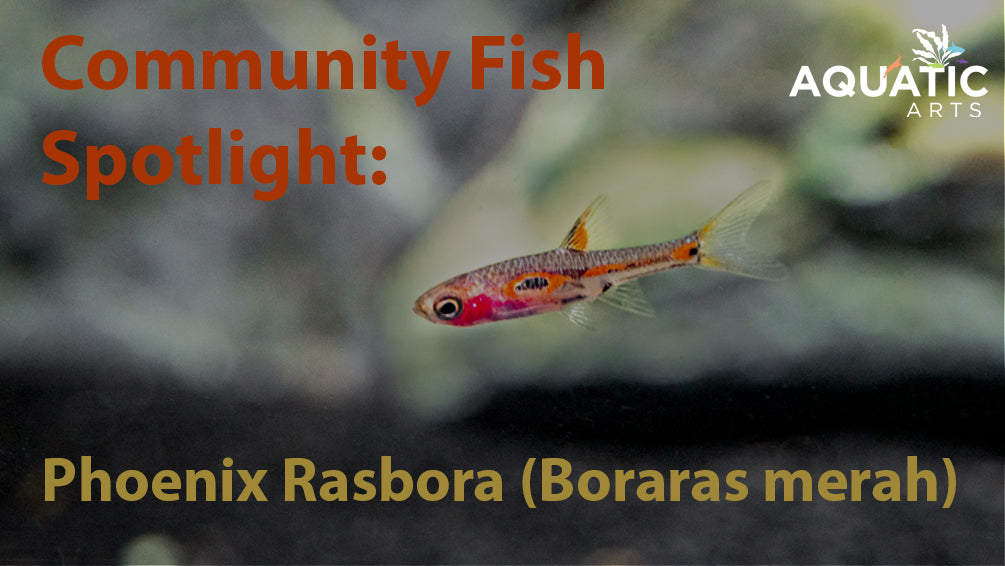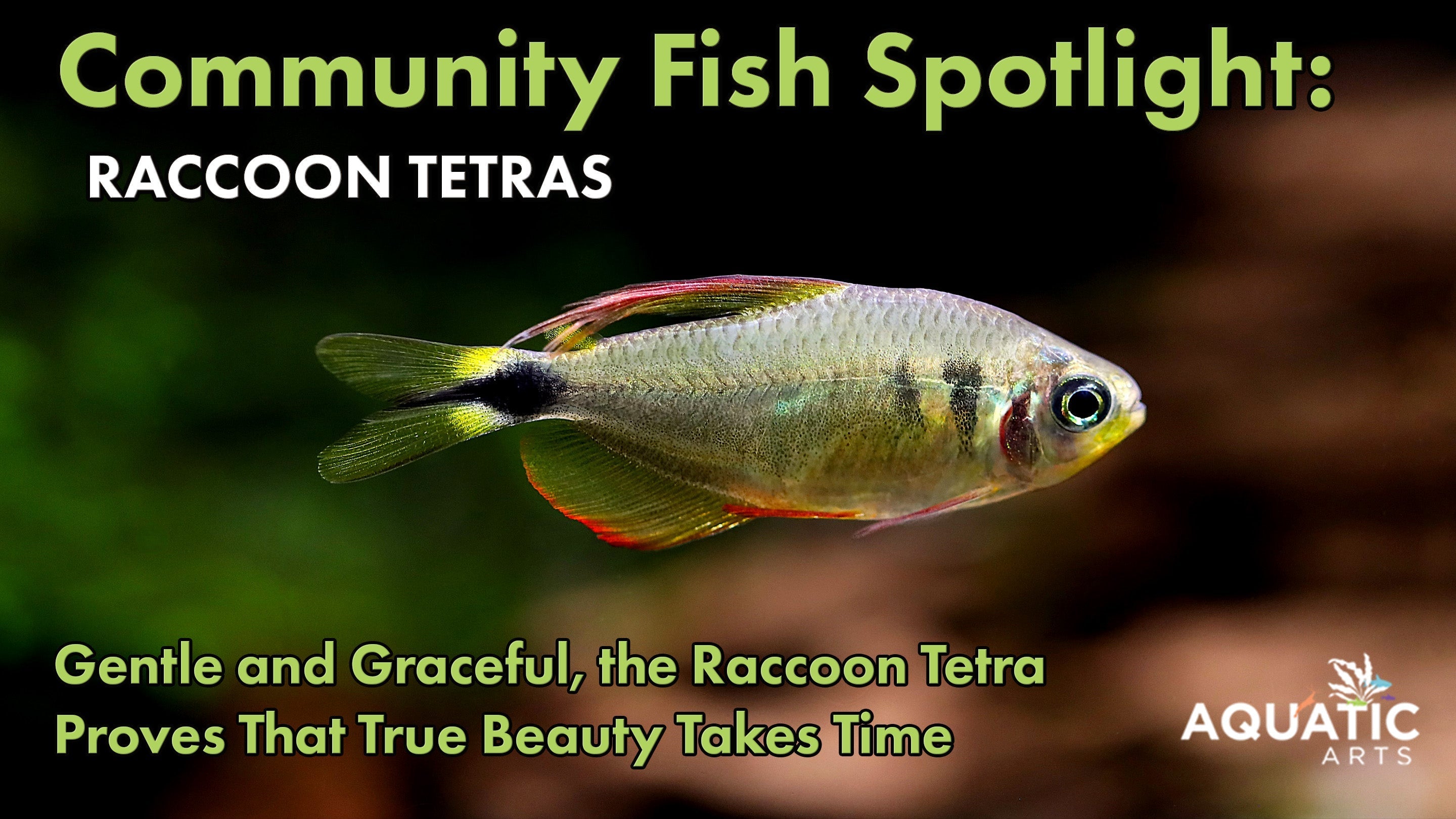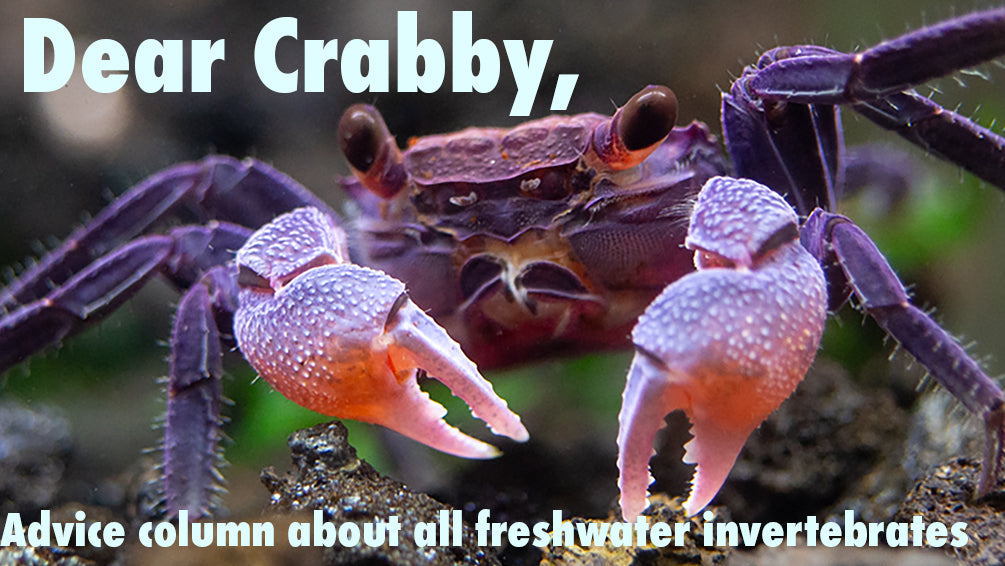Community Fish Spotlight: Phoenix Rasbora (Boraras merah)

Community Fish Spotlight: Phoenix Rasbora (Boraras merah)
When it comes to vibrant and captivating additions to a community aquarium, the Phoenix Rasbora (Boraras merah) stands out as a top contender. Known for their striking coloration and peaceful temperament, these tiny fish can transform any tank into a lively and visually stunning underwater world. In this article, we'll delve into everything you need to know about the Phoenix Rasbora, from its natural habitat to its care requirements, ensuring you can provide the best environment for these dazzling fish.
A Glimpse into the Wild
The Phoenix Rasbora hails from the freshwater streams and peat swamps of Southeast Asia, particularly in Indonesia and Malaysia. These environments are characterized by soft, acidic water rich in tannins, often resulting in a tea-colored appearance. In the wild, Phoenix Rasboras thrive in densely vegetated areas, where they can find plenty of hiding spots and microfauna to feed on.
Appearance and Behavior
One of the main attractions of the Phoenix Rasbora is its vibrant coloration. These diminutive fish, reaching only about 1 inch (2.5 cm) in length, boast a stunning red-orange hue with a shimmering iridescence that can capture the light beautifully. Their bodies are slender and streamlined, with a distinctive black stripe running from the eye to the tail, sometimes accompanied by a few small black spots.
Phoenix Rasboras are schooling fish, meaning they feel most comfortable and display their best colors when kept in groups. A minimum of six individuals is recommended, but larger groups are even better. Their peaceful nature makes them excellent tank mates for other small, non-aggressive fish species, as well as for shrimp and snails.
Setting Up the Perfect Tank
Creating an ideal environment for your Phoenix Rasboras involves mimicking their natural habitat as closely as possible. Here are some key considerations:
Tank Size
Despite their small size, Phoenix Rasboras benefit from having ample space to swim. A tank of at least 10 gallons is recommended for a small school, but larger tanks will provide a more stable environment and allow for a more impressive display.
Water Parameters
Maintaining appropriate water conditions is crucial for the health of Phoenix Rasboras. Aim for the following parameters:
- Temperature: 68-82.4°F (20-28°C)
- pH: 6.0-7.3 (acidic water is preferred)
- Hardness: 1-5 dGH (soft water)
Regular water changes and a good filtration system will help keep the water clean and stable.

Phoenix Rasboras (Boraras merah) are known for their unique courtship displays, where males perform intricate dances to attract females during the breeding season.
Aquascaping
When it comes to decorating the tank, think lush and natural. Dense planting with live plants such as Java moss, Anubias, and floating plants will provide shelter and comfort for your Phoenix Rasboras. Adding driftwood and leaf litter can help recreate the tannin-rich waters of their native habitat, creating a more authentic environment.

Anubias plants attached to driftwood provide Phoenix Rasboras with essential hiding spots and natural filtration, enhancing their well-being and mimicking their natural habitat.
Botanicals
Incorporating botanicals into your tank can greatly enhance the living conditions for Phoenix Rasboras. Botanicals, such as Indian almond leaves, alder cones, and various seed pods, release beneficial tannins and humic substances into the water. These compounds help create a soft, acidic environment similar to their natural habitat and can have antibacterial and antifungal properties, promoting the health of your fish.
Botanicals also provide additional hiding spots and foraging areas, encouraging natural behaviors. When adding botanicals to your tank, start with a small amount and gradually increase, monitoring the water parameters to ensure stability. Over time, as the botanicals break down, they contribute to the biological diversity of the tank, fostering a more balanced ecosystem.
Lighting and Substrate
Soft, subdued lighting will bring out the best colors in your Phoenix Rasboras and reduce stress. A dark substrate, such as black sand, fine gravel or Strata can enhance their vibrant coloration and create a striking contrast.

AquaZen Strata substrate creates an ideal environment for Phoenix Rasboras, promoting vibrant colors and healthy plant growth while maintaining optimal water quality.
Feeding and Nutrition

Phoenix Rasboras eagerly feast on nutritious Moina water fleas, showcasing their natural hunting behavior and vibrant colors.
Phoenix Rasboras are micro-predators, feeding on small invertebrates, zooplankton, and insect larvae in the wild. In captivity, they accept a variety of foods, including high-quality micro pellets, crushed flakes, and frozen or live foods like daphnia, brine shrimp, and micro worms. Offering a varied diet will ensure they receive all the necessary nutrients for optimal health and coloration.
Breeding Phoenix Rasboras
Breeding Phoenix Rasboras in the home aquarium can be a rewarding experience. To encourage spawning, set up a separate breeding tank with similar water conditions and plenty of fine-leaved plants or spawning mops. Condition the breeding pair with high-quality live and frozen foods. The female will scatter her eggs among the plants, and once spawning is complete, it's best to remove the adults to prevent them from eating the eggs. The eggs will hatch in about 24-48 hours, and the fry can be fed with infusoria or powdered fry food until they are large enough to accept larger foods.
Q&A Section
Q: Why are Phoenix Rasboras so popular in community aquariums?
A: Phoenix Rasboras are highly sought after for their stunning coloration and peaceful nature. Their small size and schooling behavior make them a perfect fit for community tanks, where they can coexist harmoniously with other non-aggressive species. Their vibrant red-orange hue adds a splash of color, enhancing the visual appeal of any aquarium setup.
Q: How many Phoenix Rasboras should I keep together?
A: To ensure their well-being and natural behavior, it's recommended to keep Phoenix Rasboras in groups of at least six. Larger schools are even better, as they provide more opportunities for social interaction and help reduce stress.
Q: What are common diseases that Phoenix Rasboras get?
A: Phoenix Rasboras can be susceptible to common freshwater fish diseases such as ich (white spot disease), fin rot, and fungal infections. Maintaining high water quality, a stable environment, and a balanced diet can help prevent these issues. Quarantining new fish before introducing them to the main tank is also a good practice to avoid the spread of diseases.
Q: Can I keep Phoenix Rasboras with other fish?
A: Yes, Phoenix Rasboras are peaceful and can be kept with other small, non-aggressive fish species. Good tank mates include other small rasboras, tetras, Corydoras catfish, and small shrimp species. It's important to avoid housing them with larger or more aggressive fish that might prey on them or cause stress.
Q: How important is water quality for Phoenix Rasboras?
A: Maintaining excellent water quality is crucial for the health of Phoenix Rasboras. They thrive in clean, well-filtered water with stable parameters. Regular water changes, monitoring of water conditions, and avoiding overfeeding can help maintain a healthy environment for these delicate fish.
Q: What should I feed my Phoenix Rasboras?
A: Phoenix Rasboras have a varied diet and can be fed high-quality micro pellets, crushed flakes, and frozen or live foods like daphnia, brine shrimp, and micro worms. A varied diet ensures they receive all the necessary nutrients for optimal health and vibrant coloration.
Q: Why do Phoenix Rasboras need a planted tank?
A: A planted tank provides Phoenix Rasboras with hiding spots and a sense of security, mimicking their natural habitat. Live plants also contribute to water quality by absorbing nitrates and providing oxygen. Dense vegetation creates an ideal environment for these fish to display their natural behaviors and feel comfortable in their surroundings.
The Phoenix Rasbora is a delightful addition to any community aquarium, bringing vibrant color and lively behavior to your underwater world. With proper care and attention to their natural habitat, these stunning fish can thrive and bring endless enjoyment to their keepers. Whether you're a novice or an experienced aquarist, the Phoenix Rasbora is sure to captivate your heart and enhance your aquatic experience.




